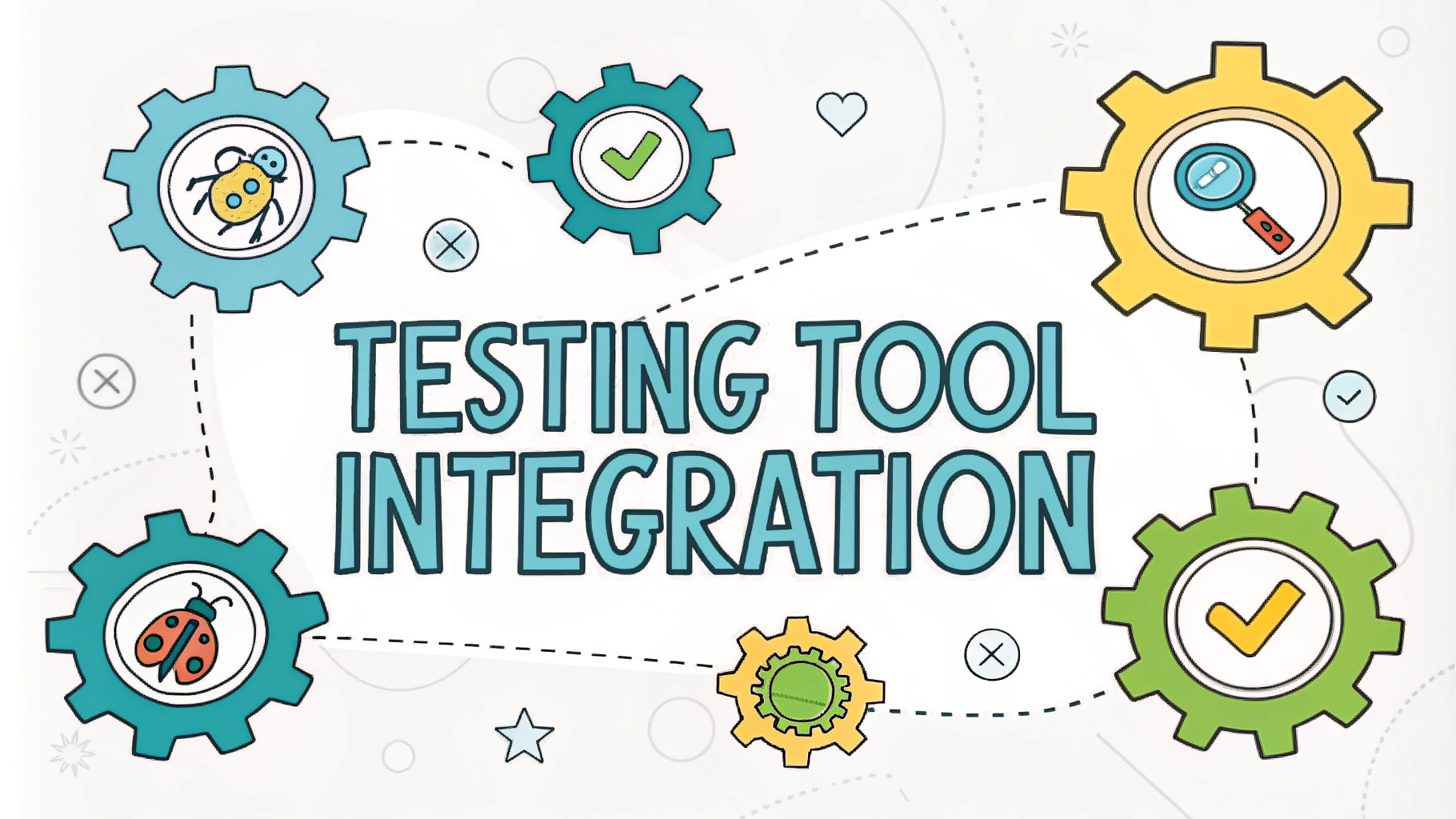The OWASP Testing Guide provides a framework for security professionals to assess web applications systematically and thoroughly.
What is OWASP Testing?
OWASP (Open Web Application Security Project) testing follows a structured methodology to identify security vulnerabilities in web applications through both manual and automated techniques.
Key Testing Phases
- Information Gathering
- Configuration Management Testing
- Authentication Testing
- Session Management
- Input Validation
- Error Handling
- Cryptography
- Business Logic Testing
- Client-side Testing
Essential Tools for OWASP Testing
- Burp Suite – Web proxy and security testing
- OWASP ZAP – Free security testing tool
- Nmap – Network discovery and security scanning
- Metasploit – Penetration testing framework
Testing Process
- Passive Testing: Review web application without direct interaction
- Active Testing: Direct interaction with the application’s components
- Validation: Confirm findings and eliminate false positives
- Reporting: Document findings and provide remediation steps
Common Test Cases
| Category | Test Cases |
|---|---|
| Authentication | Default credentials, brute force, bypass attempts |
| Authorization | Access control, privilege escalation |
| Data Validation | SQL injection, XSS, CSRF |
Best Practices
- Always obtain proper authorization before testing
- Document all testing activities
- Use dedicated testing environments when possible
- Follow the principle of least privilege
- Maintain clear communication with stakeholders
Contact OWASP directly for additional guidance: OWASP Contact Page
Additional Resources
Risk Assessment and Prioritization
Security testing efforts must be prioritized based on risk levels and potential business impact. Organizations should focus on critical vulnerabilities that pose immediate threats to sensitive data or system functionality.
Risk Classification Matrix
| Severity | Impact | Priority |
|---|---|---|
| Critical | System compromise, data breach | Immediate action required |
| High | Significant security bypass | Address within 24-48 hours |
| Medium | Limited security impact | Address within 1 week |
Continuous Security Testing
Implementation of continuous security testing throughout the development lifecycle ensures early detection and remediation of vulnerabilities.
Integration Points
- Development Pipeline
- Code Reviews
- Pre-deployment Checks
- Production Monitoring
Conclusion
OWASP testing methodology provides a comprehensive framework for identifying and addressing web application security vulnerabilities. Success depends on:
- Systematic approach to testing
- proper tools and methodologies
- Regular updates to testing procedures
- Continuous learning and adaptation
- Effective communication of findings
Regular application of these testing principles helps organizations maintain robust security posture and protect against evolving threats.
FAQs
- What is OWASP penetration testing and why is it important?
OWASP penetration testing is a systematic approach to testing web application security based on the OWASP (Open Web Application Security Project) guidelines. It’s crucial for identifying vulnerabilities before malicious attackers can exploit them. - What are the main phases of OWASP penetration testing?
The main phases are Information Gathering, Configuration Management Testing, Authentication Testing, Session Management Testing, Authorization Testing, Data Validation Testing, Denial of Service Testing, Web Services Testing, and AJAX Testing. - What tools are commonly used in OWASP penetration testing?
Common tools include Burp Suite, OWASP ZAP, Nmap, Metasploit, Wireshark, Acunetix, Nessus, and SqlMap for specific testing requirements. - How often should OWASP penetration testing be performed?
OWASP penetration testing should be performed at least annually, after major application changes, when new features are added, or when significant infrastructure modifications occur. - What is the difference between black box, white box, and gray box testing?
Black box testing is performed without prior knowledge of the system, white box testing involves complete system knowledge and access to source code, and gray box testing combines elements of both with partial system knowledge. - What are the most critical vulnerabilities according to OWASP Top 10?
The most critical vulnerabilities include Injection Flaws, Broken Authentication, Sensitive Data Exposure, XML External Entities, Broken Access Control, Security Misconfiguration, and Cross-Site Scripting (XSS). - What should a comprehensive OWASP penetration testing report include?
A complete report should include an executive summary, testing methodology, detailed findings, risk ratings, proof of concepts, technical details of vulnerabilities, and remediation recommendations. - How does OWASP penetration testing differ from vulnerability scanning?
Penetration testing involves active exploitation of vulnerabilities and manual testing by skilled professionals, while vulnerability scanning is typically automated and identifies potential vulnerabilities without exploitation. - What are the legal considerations for OWASP penetration testing?
Legal considerations include obtaining written permission, defining scope, protecting sensitive data, complying with regulations, and ensuring testing doesn’t violate laws or cause system damage. - What qualifications should an OWASP penetration tester have?
Qualified testers should have relevant certifications (such as CEH, OSCP, or GPEN), understanding of web technologies, programming knowledge, and familiarity with OWASP testing methodologies and tools.







